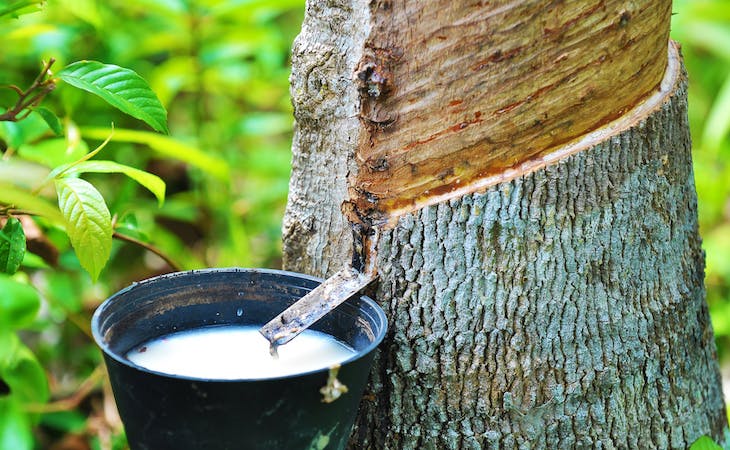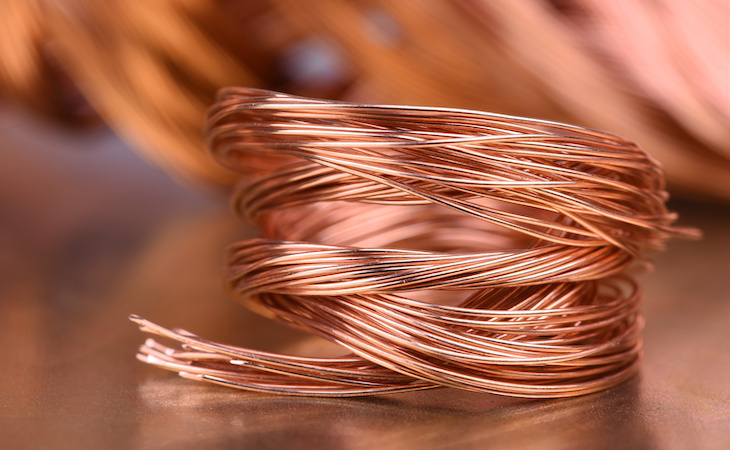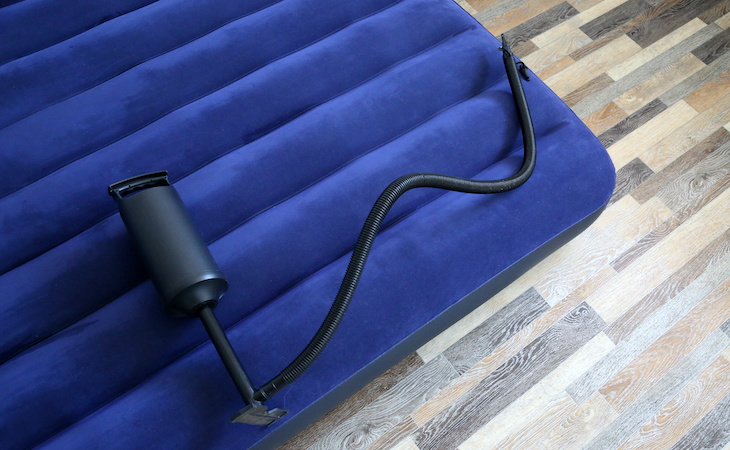Latex is quickly becoming one of the most popular mattress materials—and for good reason. Natural latex is eco-friendly, durable, and offers excellent pressure relief ability while being more breathable than other types of foam mattresses.
When shopping for a natural latex mattress, you’ll have a choice between Talalay latex and Dunlop latex. What exactly are these, though—and is one better than the other?
Talalay and Dunlop refer to two different types of latex production—that is, turning liquid latex (the sap of rubber trees) into foam. Both methods produce excellent sleeping surfaces, but there are some essential differences you should keep in mind when shopping.
Below, learn about the differences between Dunlop vs. Talalay so you can decide which one is right for you.
How is Dunlop made?
The Dunlop method was developed in the late 1920s and is the simpler of the two methods. In this process, the liquid sap of the rubber tree is sustainably harvested and sent to a production facility, where it’s mixed with a small amount of nontoxic, inorganic ingredients and whipped into an airy batter.
The latex is then poured into a mold and baked in a vulcanization oven at 100ᵒC/212ᵒF into a solid form. After that, it’s removed from the mold and washed; then it’s baked for a second time to remove excess moisture.
How is Talalay made?
The Talalay method, which was developed later and has been in use since WWII, is slightly more intensive than Dunlop. As with Dunlop, the liquid latex is whipped into a froth and poured into a mold—but in this case, the mold is only partially filled. After the batter is poured into the mold, a vacuum is created to evenly disperse the liquid latex throughout the mold.
The molded latex is then flash-frozen—a process that pushes carbon dioxide through the latex, making the resulting latex foam light and airy as it solidifies. The frozen latex is baked into a solid form, then removed from the mold, washed, and dried. (Learn about the differences between natural vs. organic latex.)
Dunlop vs Talalay latex: What’s the difference?
While both Dunlop and Talalay methods produce excellent sleeping surfaces, the two methods result in some key differences that are important to keep in mind when shopping for a

Our dual-sided organic natural latex mattress for buoyant, pressure-relieving comfort
Firmness
Generally, Dunlop tends to be slightly denser and firmer than Talalay, due to how it’s produced. However, the firmness of both Dunlop and Talalay will vary greatly by mattress model and manufacturer—and both can be engineered for different firmness levels. More importantly, both Dunlop and Talalay provide consistent conforming, which can help relieve aches and pains.
Responsiveness
Talalay tends to be more responsive when bearing weight, while Dunlop is usually more springy, meaning it quickly returns to its original shape once weight is removed. However, both provide good responsiveness—and both are more responsive than memory foam.
Temperature neutrality
Due to the flash-freezing step in the process of making Talalay, which pushes carbon dioxide through the latex, Talalay tends to be more breathable and sleep cooler than Dunlop. However, mattress manufacturers have ways of aerating Dunlop to improve air circulation. Remember that natural latex, in general, is cooler and more breathable than synthetic latex. It’s also cooler than many other mattress materials, like memory foam.
Durability
Dunlop latex is slightly more durable because it’s denser than Talalay—but both will last you a long time. Most natural latex mattresses will last you at least 12 years—and many will serve you for up to 20 years.
Cost
Since the Dunlop method is less labor-intensive, it’s usually a little less expensive than Talalay. At the same time, keep in mind that natural latex in general will be more expensive than synthetic latex or blends.
Is Dunlop or Talalay better?
So which is better for you: Dunlop or Talalay? Any type of natural latex—regardless of how it’s produced—is a great option if you’re looking for a comfortable, durable, and green mattress. The choice between Dunlop and Talalay comes down to personal preference and how much you’re willing to spend.
FAQs
Does Dunlop sleep hot?
Dunlop latex doesn’t sleep hot. Mattress manufacturers have ways of aerating Dunlop to improve air circulation. In general, natural latex such as Dunlop will sleep cooler than synthetic latex.
Are Dunlop or Talalay considered toxic?
Dunlop and Talalay are considered nontoxic. Both types of latex are made from 100% natural material and free of pesticides, synthetics, herbicides, and other chemicals.
Want more information on latex mattresses before buying? Check out our comprehensive guide to latex mattress benefits next.










